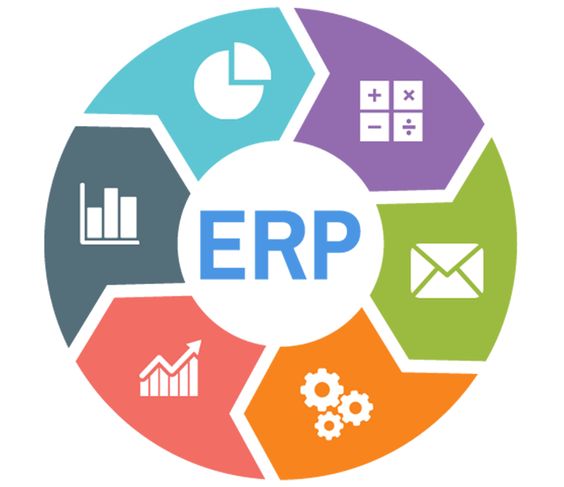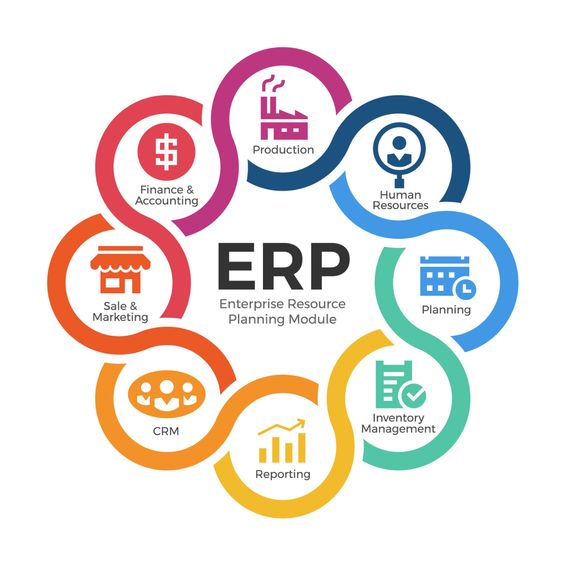
Global Pandemic and Cloud ERP
The past year has been particularly difficult for manufacturers as a result of the world being thrown into an unprecedented crisis due to a global pandemic. Everyone was impacted, though not necessarily in the same way, even as we see recovery efforts. While certain industries, like the hospitality sector, were entirely shut down, others, including the software and professional services sectors, were able to close offices while still being at least somewhat active. The range of manufacturing includes both extremes. You cannot produce industrial or consumer goods at scale from home. However, those in charge of manufacturing, shipping, and providing key services had to ramp up while continuing to function safely. Others had to immediately switch their manufacturing from optional to mandatory. widespread cloud computing, as well as software as a service (SaaS), have eased the burden for some, while others struggle (still) amidst lockdowns and other restrictions.

Of course, no piece of software can ever truly solve the problem of having to stop all production. However, even such companies still needed to support their consumers and collect money. Employees were able to begin working from home right once thanks to cloud and SaaS deployments as administrative and support staff were locked out of their offices. Faster innovation, made feasible by SaaS delivery and deployment, has brought a level of agility that was never achievable with older, out-of-date on-premise solutions, as many manufacturers have been forced to pivot their operations.
There should be no mistake that this is the way you need to go if you had any doubts about the utility of the cloud, SaaS, or digital transformation at the beginning of 2020.
Technology that facilitates connectivity, collaboration, automation, and agility, such as cloud computing, moves beyond the category of “good to have” and becomes standard. There is now a strong argument to be made for replacing any legacy Enterprise Resource Planning (ERP) solutions you may still be using. Here, we examine how the cloud and SaaS will function in the future.
SaaS and the Cloud Proves to Be Valuable
I’ve been praising cloud computing and software as a service (SaaS) for a number of years, but despite all the buzz surrounding cloud and SaaS, I continue to see indications that many people are unaware of the differences between the two or the advantages they can offer. Furthermore, there is a difference.
SaaS vs. Cloud
The term “cloud” describes network-based computers, software, and data storage (generally the Internet.) You can buy a license for the program and install it on your computers or systems that are owned and maintained by another business, but you will still access it over the Internet and a “cloud,” whether it is private or public.
Software as a Service (SaaS) is exactly what the acronym’s definition of the term suggests. Only services that deliver software are offered. It is not provided on a CD or other medium that needs to be loaded onto your computer or another person. It can be accessed online and is often paid for via subscription.
We can state with confidence that all SaaS is cloud computing using these definitions, but not all cloud computing is SaaS.

Examining the Cloud’s Benefits
Let’s begin with the most obvious advantage. The ability to access a solution at any time from any location, whether it is hosted on-premises or in a private or public cloud, is a big benefit. The cloud (i.e., web enablement) makes it possible to have the kind of connectivity you require when employees work from home. Although having the ability to connect is important, how you connect is just as crucial. This problem arose when office workers overnight started working remotely and from home.
With the aid of SaaS solutions, employees were able to begin working from home virtually right away, bringing their laptops and mobile devices or simply sitting down at their home PCs and having immediate and complete access to the same data and systems they had at their workplaces. Users of on-premise programs who were still utilizing them had a very different experience. Supporting remote workers probably required several days of frenetic work and unforeseen technology purchases. The number of VPN connections required to service all (some newly) remote users may easily double or treble, even in cases where these solutions were web-enabled. Additionally, they were unable to simply grant unsecured workstations access to corporate network support, necessitating the provision of (new) company equipment for newly distant staff.
Security, bandwidth, and network speed are further concerns. Businesses that offer hosting software for a fee are far more flexible when it comes to ramping up (or down) when a sudden shift in demand for remote access occurs. These businesses ensure a particular level of uptime and performance through contracts because they do this for a living. This ensures a safe workplace and is necessary for their reputations (and continued business). Few manufacturers, especially those of small to medium size, can deliver the same degree of guaranteed performance and security.
Even if this pandemic will eventually ends, few (if any) people think that all office workers will return to their jobs full-time. Nobody can precisely forecast what the new normal will be, but you can be sure that any investment choice involving corporate applications will (and should) take the simplicity of connectivity SaaS brings into account. SaaS solutions are an investment in the future viability of your company.
But this is only one of the ways SaaS solutions may protect your company in the future. The cost and effort of upgrading are drastically decreased with a SaaS solution. The heavy lifting is handled by the SaaS solution provider, which encourages more innovation.
SaaS solution providers, especially those maintaining just one line of code through multi-tenant systems, can bring greater innovation through more frequent and robust upgrades. However, perform a thorough investigation because just because they can doesn’t imply they will. Also, thoroughly research how simple it is to alter, adjust, personalize, and yes, even customize your SaaS solution.
Conclusion and Suggestions
As the world struggles to recover from a global epidemic, manufacturers around the world face a wide range of difficulties. Wherever you reside, the worst may already be behind you. Or not. Even while there are signs of improvement, it is quite likely that nothing will ever return to its original state. Together, these elements emphasize the lone issue that unites us all: uncertainty.
But one thing is certain. Cloud computing and sophisticated technology that facilitates connectivity, collaboration, automation, and agility move beyond the realm of “nice to have” and become fundamental as global communication and interaction continue to follow the path of becoming more digital and more virtual.
Manufacturers using SaaS solutions are better equipped to serve remote workers. You could assume that deploying a new ERP solution is the last thing you want to take on right now if you are still having trouble connecting newly remote workers or if you lack the agility to handle whatever the new regular way of operating becomes. I would vehemently disagree with that concept.
You have a problem that won’t go away on its own if you are using a legacy solution built on outmoded technologies. The COVID-19 global pandemic has increased the already turbulent times’ level of change and uncertainty and increased the urgency with which the issue needs to be resolved. Fortunately, modern modular Enterprise Resource Planning (ERP) solutions that operate in the cloud, like ERPNEXT, can offer the kind of scalability and adaptability required to successfully traverse this fast-changing environment.
Why SMB Solutions
A Kuwait-based provider of Managed IT Services, ERP Solutions, Web Development, Surveillance Systems, and Complete IT Solutions, SMB Solutions is an IT solutions and IT services company. With cost-effectiveness and reliable commitments, we have so far become a market leader in our respective industry segments.
Through our products like ERPNext, OpenCart, Magneto, and Time Attendance, we offer top-notch ERP development and implementation services. Along with retail POS solutions like NextioPOS and RestoPOS that are made to handle all of your retail and restaurant demands, respectively, we also provide cutting-edge and reasonably priced website and mobile app development services.
One of the greatest technology companies in Kuwait, SMB has strong industry-standard digital solutions and implementation, experienced technical expertise, the ability to transform customer needs into actions, and a highly motivated workforce.
